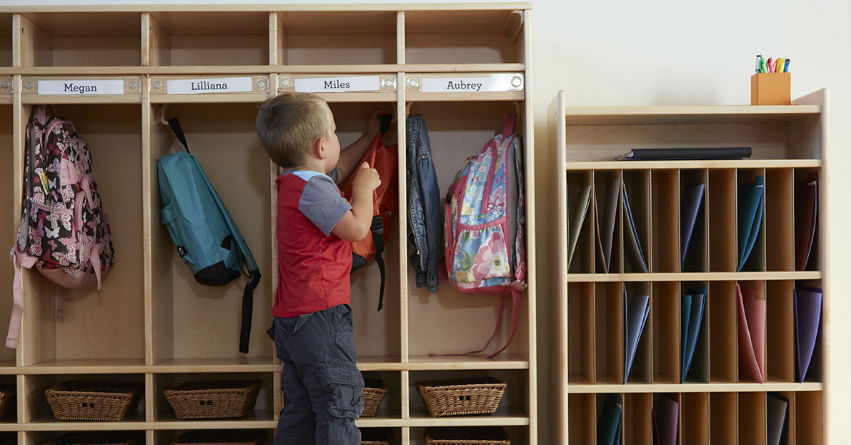
Chaotic and stressful are two words often used to describe wait and transition times in early childhood classrooms. Many students start to misbehave or display challenging behaviors when they're waiting for the next activity in their daily routine. This makes teachers feel frustrated and stressed as they try to keep order in the classroom while transitioning to the next activity. If you would describe wait and transition times in your classroom as chaotic, check out these tips for better utilizing wait and transition times in the classroom:
- Adjust routines to reduce transitions where possible. You should have as few transitions as possible in your daily routine. If your current routine includes a lot of transitions, look at different ways you can adjust your routine to reduce transitions.
- Have realistic expectations of children. A three-year-old child is not going to be as patient as a five-year-old child, which is why it's important you have realistic expectations for wait and transition times for the children in your care.
- If age appropriate, get children involved. If children are old enough, they don't just have to sit and wait for the next part of their daily routine. Instead, get them involved during the transition. Ask them to bring the balls in, set out the napkins for snack time, or get their blankets out of their cubbies for naptime.
- Remember that transitions are opportunities for learning. As children get more involved with helping during transitions, keep in mind that transitions are great learning opportunities for children. For example, you can teach counting by asking each child to pick up three blocks. Another example would be to help children learn their colors by asking them to pick up all the red balls first.
- Prep for the transitions you have in your routine. Make sure you have a plan for the children waiting their turns during transition times. If you know your audience, it will be easy to keep them engaged as they wait. Singing and/or dancing along to favorite songs or reading books are just a few examples of keeping children engaged.
- Communicate with children about transitions. The transition process often goes much smoother if you communicate with children and verbally notify them that a transition is about to occur. Give them a five-minute warning, use a timer to visually show how much time they have left, or play a certain song that symbolizes the end of an activity.
- Keep transitions similar each day. You'll find that transitions and wait times are much easier, if you keep them similar each day. Children feel more comfortable when they're familiar with their daily routine, and using similar transitions is one way you can add familiarity to the classroom.
- Have patience. Remember that it's okay for things to take time, especially if you're involving children in the transitions. It may take longer for children to set the table or get the blankets out of their cubbies, but instead of you doing it for them, they're learning how to do it for themselves. Don't miss opportunities to sit down and spend time with the children in your care just because you're in a hurry to get to the next activity.
Read "Creating Effective Routines and Transitions" and "Increasing Flexibility in Your Daily Classroom Routine" for more information on establishing a classroom routine that best fits your students.
